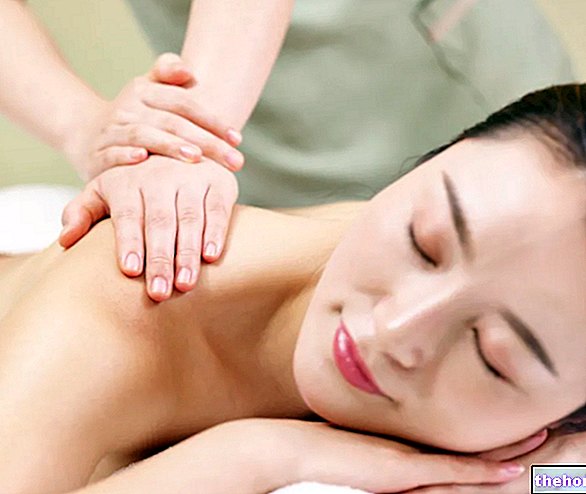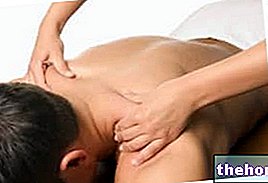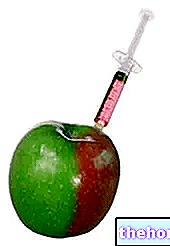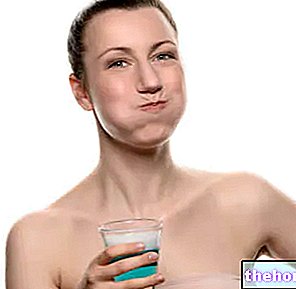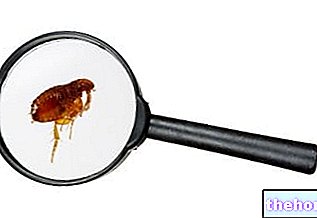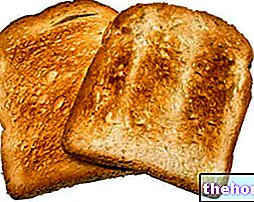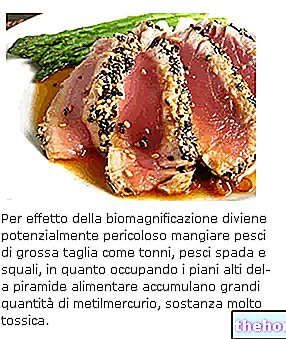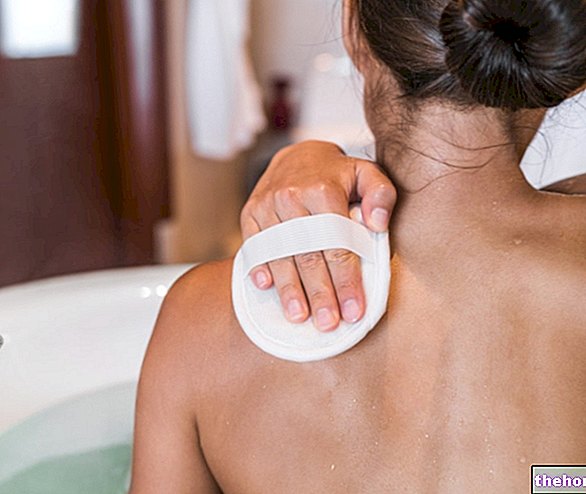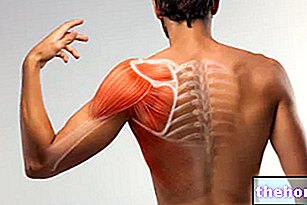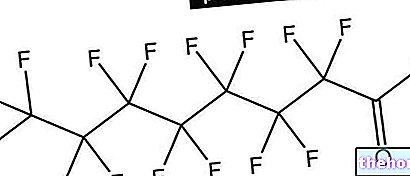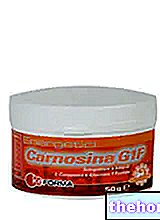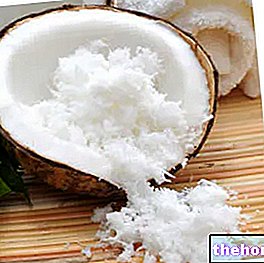
Thumbs, fingers and knuckles are generally fine tool for the detachment of the tendons, as in this case for the extensors of the toes. You do one smile, deep curvilinear brushing technique (fig. 12 -13). Technique that is very effective for athletes who use narrow shoes (sprinters, footballers, skaters, climbers etc.).
The use of the knuckles serves to increase the pressure / force with respect to the fingers and thumbs when required by the technique. For example in treating the Peroneal and Tibial muscles (fig. 14) if the
work must be deep (last photo) the use of the knuckles saves the operator from excessive joint stress for the last phalanges of the fingers.

The use of the forearm, fist or elbow becomes necessary for the anatomical type of certain muscles to be treated or when it is necessary to perform a deep work, which does not mean painful but more effective and decisive - not in the sense of hasty -.
In fig. 15 we see an "application of the passive technique to detach the Ileotibial tract of the Tensor Muscle of the Fascia Lata from the underlying Vasto Lateral muscle. The use of the fist and the forearm for the stripping, with the subsequent deep detachment with the use of the elbow and finally the highlighting of the TFL with the technique twist & roll, a set of twists-rotations-elevations-clutches to mobilize every single muscle freed from tension and adhesions.
For the best effectiveness in achieving the purpose of this last manual detachment, it is even more important to visualize in our mind the myofascial release action, than the fingers, knuckles or other tool exercise on the edges of the muscle or to the fascial area we are treating.

In fig. 16 the use of the thumbs and the elbow for the detachment of the Ischicrurali muscles, finalized by the technique of twist & roll for the hamstring muscle. Once a good degree of myofascial release has been obtained with the emphasis on the muscle, we proceed with the manual technique of Deep Traverse Massage -MTP -for large mass muscles with the aim of realigning the muscle and fascial fibers in the direction of the line of force. (fig.17)

The purpose of the technique twist & roll, to be preferred for medium / small size muscles, is to highlight the muscle in all its length: origin, belly, myotendon insertion and on the periosteum as far as the anatomical structure allows us to perform (fig. 18) . This type of work serves, in addition to the realignment of the myofascial fibers, to release the muscle from the deep adhesions so that it can be free to slide between the deep tissues and the bones, completing the initial superficial dissection work. therefore the real objective of the passive technique:
restore independence and wholeness ROM of myofascial excursion, rebalance joint tensions in order to best deliver the workforce during athletic movement or sports performance.
Other articles on "Passivactive technique in myofascial detachment: lower limbs - part 9 -"
- Passivactive technique in myofascial detachment: lower limbs - 8th part -
- Passivactive technique in myofascial detachment: lower limbs - 1st part -
- Passivactive technique in myofascial detachment: lower limbs - 3rd part -
- Passivactive technique in myofascial detachment: lower limbs - 2nd part -
- Passivactive technique in myofascial detachment: lower limbs - 4th part -
- Passivactive technique in myofascial detachment: lower limbs - 5th part -
- Passivactive technique in myofascial detachment: lower limbs - 6th part -
- Passivactive technique in myofascial detachment: lower limbs - 7th part -
- Passivactive technique in myofascial detachment: lower limbs - 10th part -
- Passivactive technique in myofascial detachment: lower limbs - 11th part -
- Passivactive technique in myofascial detachment: lower limbs - 12th part -
- Passivactive technique in myofascial detachment: lower limbs - 13th part -
- Passivactive technique in myofascial detachment: lower limbs - 14th part -


